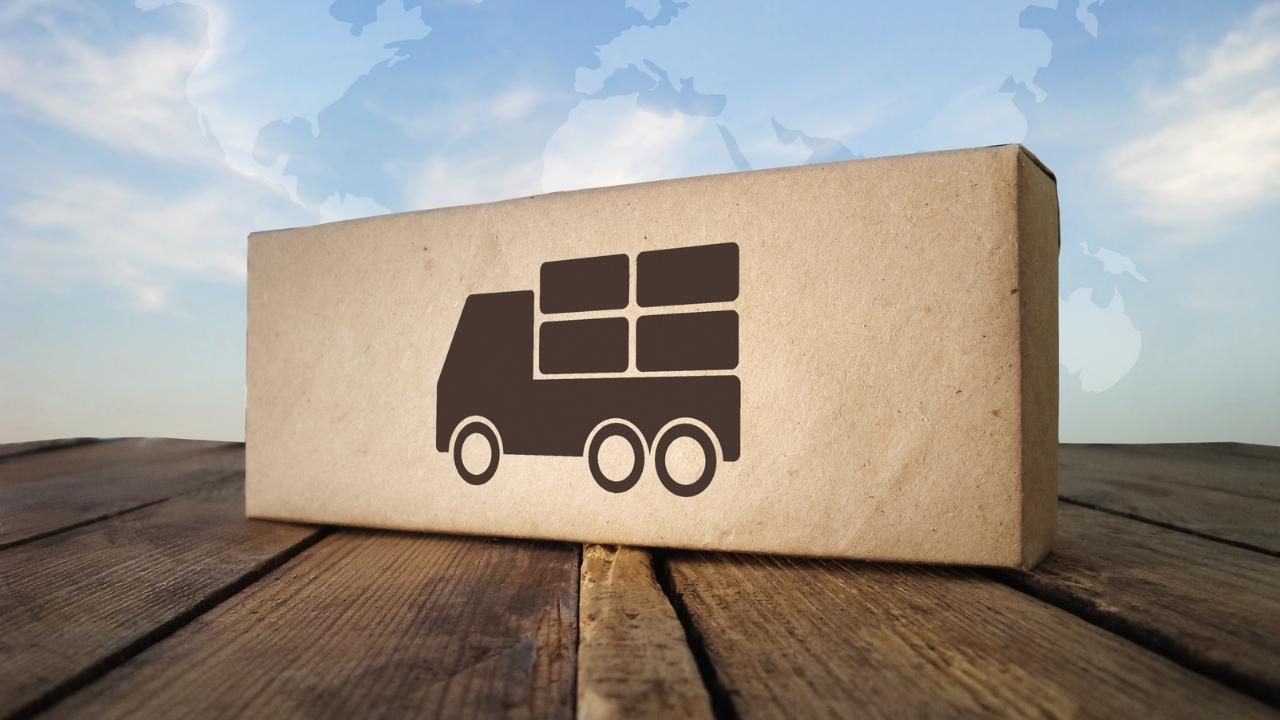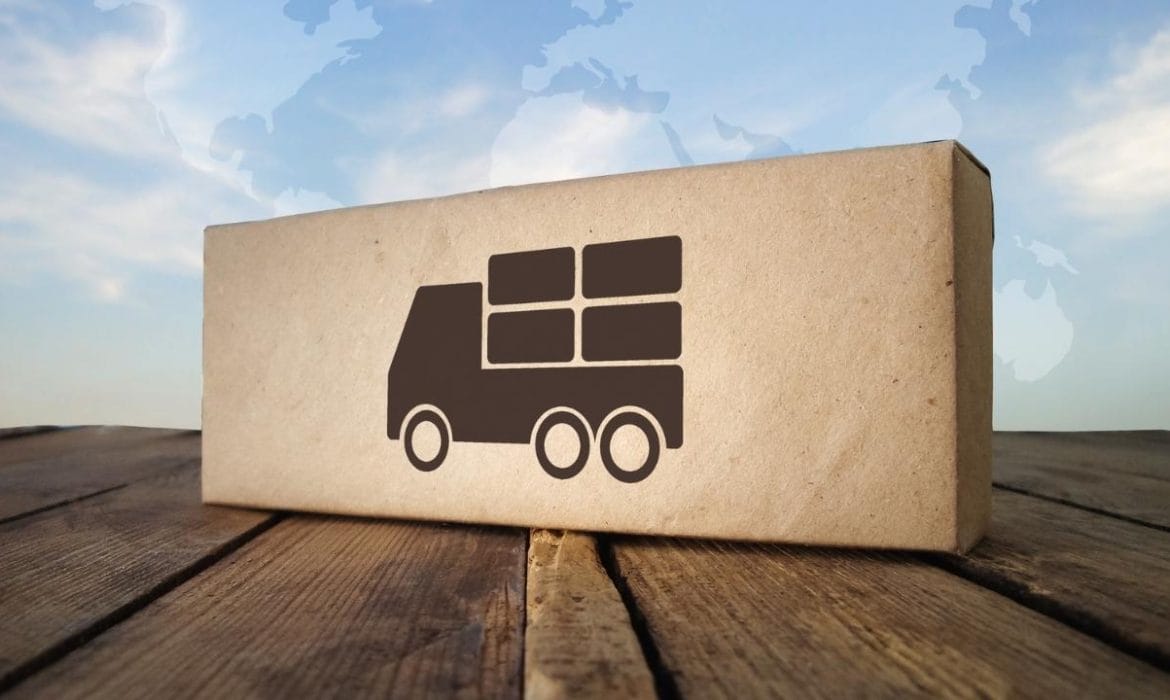
Are you planning to sell your products on Amazon through their Fulfilled by Amazon (FBA) program? If so, then you need to make sure that your products are properly labeled before sending them to Amazon’s fulfillment centers. Proper labeling ensures that your products are easily identified, tracked, and delivered to the right customers.
To help you navigate Amazon’s FBA labeling requirements and ensure that your products are labeled correctly, we’ve put together some tips and tricks.
In this article, we’ll guide you through the process of choosing the right type of label, using a high-quality label printer, checking your labels for accuracy, and provide you with some useful tips for successful FBA labeling.
By following these guidelines, you can save time, reduce errors, and make sure that your products are delivered to your customers quickly and efficiently.

Understanding Amazon’s FBA Labeling Requirements
Let’s dive into Amazon’s FBA labeling requirements so you can ship your products with confidence!
First, it’s important to understand that Amazon requires all FBA inventory to be properly labeled before it can be received at their fulfillment centers. This means that each unit must have a unique identifier, such as a barcode or ASIN, that can be scanned and tracked throughout the fulfillment process.
Amazon also requires that labels be applied in a specific manner. For example, if your product is in a polybag, the label must be placed on the outside of the bag in a visible location. If your product is in a case, the label must be placed on the outside of the case and on each individual unit within the case.
Understanding these requirements is crucial for ensuring that your inventory is received and processed quickly and accurately at Amazon’s fulfillment centers.

Choosing the Right Type of Label
You want to make sure you select the appropriate label for your Amazon FBA products to ensure that they’re properly identified and compliant with Amazon’s labeling requirements. There are two types of labels you can use: the manufacturer barcode label or the Amazon barcode label.
The manufacturer barcode label is the label that already comes with the product, and it contains all the necessary information, including the product name, brand, and barcode. This label can be used as is, as long as it meets Amazon’s requirements for size and placement.
On the other hand, if your product doesn’t have a manufacturer barcode label, or if you prefer to use a different label, you can choose the Amazon barcode label. This label contains a unique identifier that Amazon uses to track your inventory, and it can be printed using Amazon’s label service or your own label printer.
Whichever label you choose, make sure it’s legible, scannable, and placed in the correct location on your product.

Using a High-Quality Label Printer
To ensure that your labels are of the highest quality and meet Amazon’s requirements, it’s essential to invest in a high-quality label printer. While it may be tempting to opt for a cheaper printer, this decision could end up costing you more in the long run.
Poor quality labels can lead to misidentification of products, which can result in lost inventory and negative customer experiences. When looking for a label printer, make sure to choose one that is compatible with the label size and material you plan to use.
Additionally, consider the printer’s printing speed, resolution, and connectivity options. A high-quality printer will not only produce clear, crisp labels but also allow you to print a large volume of labels quickly and easily.
With the right printer, you can ensure that your labels are accurate, professional-looking, and meet Amazon’s strict labeling requirements.

Checking Your Labels for Accuracy
Make sure your labels are accurate by double-checking all product information before printing them out. The last thing you want is to send out products with incorrect labeling, which can lead to customer complaints, negative reviews, and even legal issues.
Take the time to review all details, including product names, descriptions, prices, and barcodes, before hitting the print button. One way to ensure accuracy is to create a checklist or template that includes all necessary information for each product. This can help you keep track of what needs to be included and prevent any omissions or errors.
Additionally, it’s important to use a reliable labeling software that allows you to preview and edit labels before printing. By taking these simple steps, you can save yourself a lot of time and trouble down the line.
Tips for Successful FBA Labeling
Successfully labeling your FBA products is essential for streamlining your Amazon business operations and avoiding costly mistakes. Here are some tips to help you label your products accurately and efficiently.

First, make sure you’ve got the right equipment, including a label printer and high-quality labels. Printing and applying labels by hand can lead to errors and inconsistencies that can hurt your business in the long run.
Next, double-check your product details and ASINs before printing labels. This step may seem obvious, but it’s easy to overlook in the rush to get products out the door. Taking a moment to verify your information can save you time and money down the line.
Finally, consider using a label service or software to automate the labeling process. These tools can help you generate and print labels quickly and accurately, freeing up your time to focus on growing your business.
By following these tips, you can ensure that your FBA products are labeled correctly and efficiently every time.

In addition to these tips, it’s also important to stay up-to-date on Amazon’s labeling policies and requirements. Amazon updates its policies regularly, and failing to comply can result in fines and other penalties.
Make sure you understand the labeling requirements for each of your products, including the type of label required and where it should be placed. By staying informed and taking the time to label your products correctly, you can ensure that your Amazon business runs smoothly and successfully.
Conclusion
Congratulations! You’ve successfully navigated the world of Amazon FBA labeling. By understanding Amazon’s labeling requirements, choosing the right type of label, using a high-quality label printer, and checking your labels for accuracy, you’re on your way to success.
Remember, labeling is an essential part of the FBA process. Incorrect labeling can result in lost revenue and frustrated customers. By following these tips and tricks, you’ll not only save time but also ensure your products are delivered to customers with the highest level of professionalism.

So, go ahead and start labeling your products with confidence. Watch your business grow on Amazon.
Did you miss our previous article…
https://zonspeed.com/https-www-avery-com-blog-how-to-label-your-products-correctly-for-amazon

